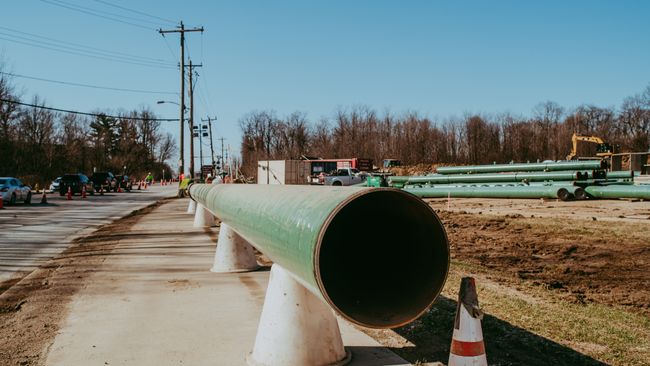Ohio Power Siting Board greenlights Central Corridor Pipeline for Duke Energy Ohio

The Ohio Power Siting Board (OPSC) has cleared Duke Energy Ohio to build a natural gas pipeline through Sharonville, Sycamore Township, Blue Ash, Evendale, Reading, Amberley Village, and Golf Manor in southwest Ohio.
Known as the Central Corridor Pipeline, the new route will span approximately 14 miles. While several routes were considered, the ruling settled on Duke Energy Ohio’s proposed western route. When finished, the line will link area customers to an existing pipeline.
“The board, therefore, finds that the need for the project has been demonstrated based on the need to retire the aged and outdated propane-air facilities,” the OPSC said in its order. “The record, however, also reflects that the [pipeline] will improve the north/south system supply balance, which we find is further evidence of need.”
The 20-inch distribution pipeline was approved after a review of Duke Energy Ohio’s application, as well as evidentiary and public hearings. Duke says that the new pipeline will strengthen the existing natural gas system, improve infrastructure and allow them to retire propane peaking facilities used to supplement the local natural gas supply during the coldest parts of the year.
“The OPSB’s certificate to construct this critical infrastructure is an important milestone for the Central Corridor Pipeline, and we thank the board for its thorough review of this project,” Amy Spiller, president of Duke Energy Ohio and Kentucky, said. “We look forward to working closely with the communities and neighbors along the pipeline route throughout the construction process to keep them informed while advancing public safety.”
Construction should begin from the northern end of the pipeline in late fall next year, with completion expected by the end of 2021.
